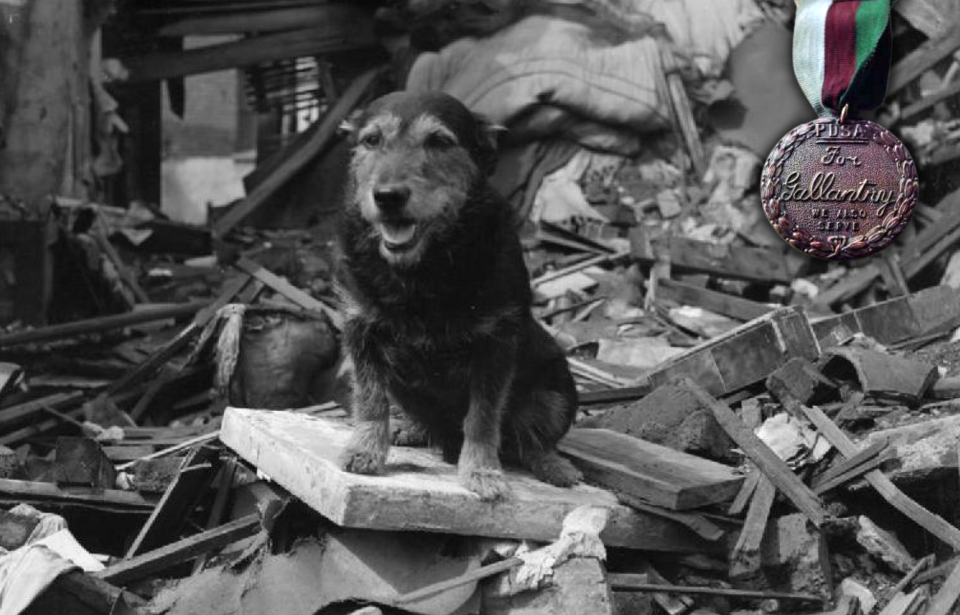Throughout the Second World War, a number of animals stepped up to the plate to help their human companions. Some served on the front after receiving extensive and specialized training, while others were aboard sea vessels or played an important role at home. One of those was Rip, a stray dog that helped rescue over 100 British citizens during the Blitz.
The Blitz
Following their defeat during the Battle of Britain in 1940, the German Luftwaffe were determined to secure a victory against the United Kingdom. It had been assumed Britain would be a relatively easy target, following the fall of France a few months prior, but that was far from the truth.
To succeed, Germany needed to not only disrupt the UK’s industry, but also score a devastating blow against citizen morale.
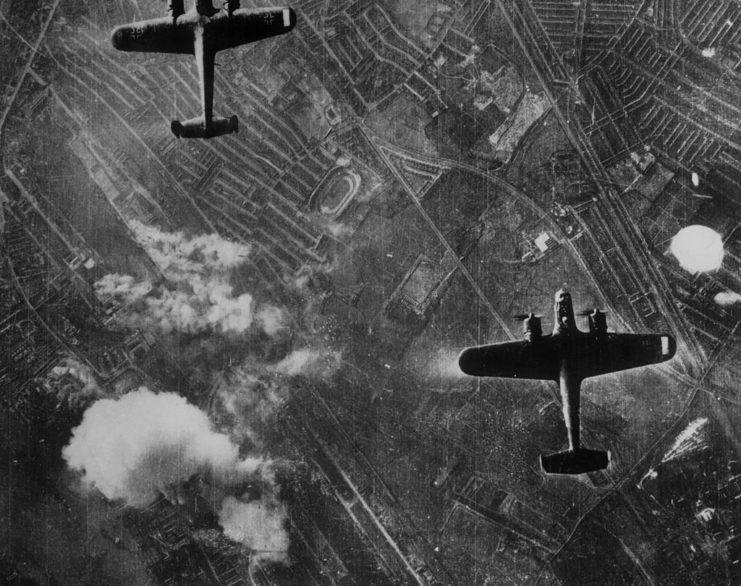
The Blitz began on September 7, 1940 – “Black Saturday” – and ran for between eight and nine months. For 57 consecutive nights, London was the target of German air raids that devastated the city. It wasn’t, however, the only location hit. A number of British cities suffered bombings, particularly industrial centers or those located near ports.
The largest and worst air raid occurred on the night of May 10-11, 1941. The Germans flew 571 sorties over London, dropping an estimated 711 tons of explosives and 2,393 incendiaries. The London Fire Brigade recorded at least 2,136 fires, causing 700 acres of destruction and resulting in the deaths of 1,436 individuals. Another 1,800 suffered serious injuries.
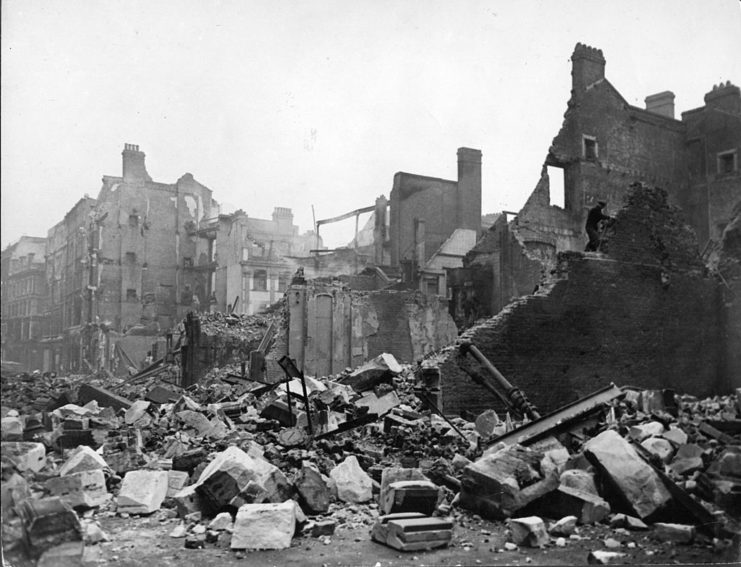
The attack in early May proved to be the last major one until January 1943, as that June the Germans had turned their attention to Operation Barbarossa – their invasion of the Soviet Union. By the time the Blitz was over, around 43,500 people had lost their lives, while between 46,000 and 139,000 had suffered some form of injury. The majority of the damage – 60 percent of the estimated two million homes destroyed – occurred in London.
A loveable stray becomes a national hero
Following an air raid in 1940, Air Raid Warden E. King discovered a stray walking through the rubble of Poplar, a district in East London. He felt sorry for the dog, which was described as being a terrier-mix, and began feeding it scraps. Before long, the two were inseparable.
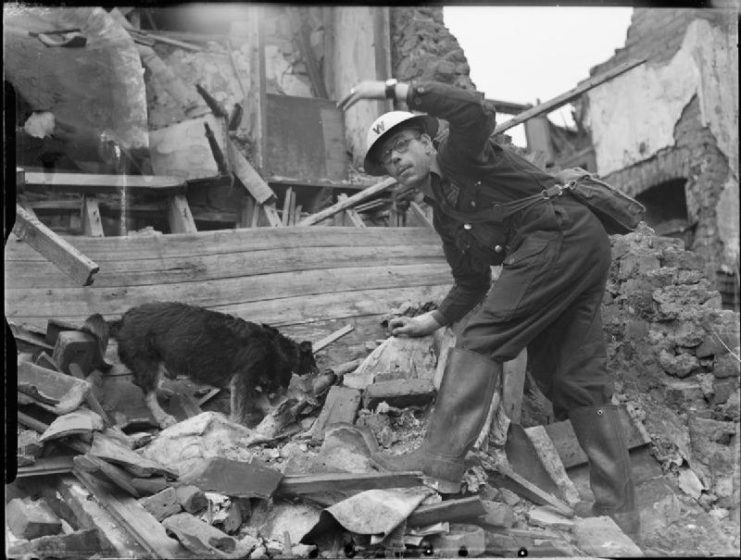
Named Rip, the dog was adopted as the mascot for the Southill Street Air Raid Patrol (ARP). He began helping in the search for victims following the German bombings, despite not having received any training, and became the ARP’s first official search and rescue dog. Between 1940-41, he located over 100 individuals and even more animals trapped beneath the rubble of buildings.
Rip’s success is credited with prompting British authorities to train other dogs for search and rescue missions toward the end of the Second World War. In 1945, the former stray was awarded the Dickin Medal for bravery. Often considered the animal equivalent of the Victoria Cross, the award was created to honor the work of animals who’d served during the conflict.
The loveable dog would go on to wear his Dickin Medal on his collar until his death later that year. In 1946, he was the first of 12 recipients to be buried at the People’s Dispensary for Sick Animals‘ cemetery in Essex.
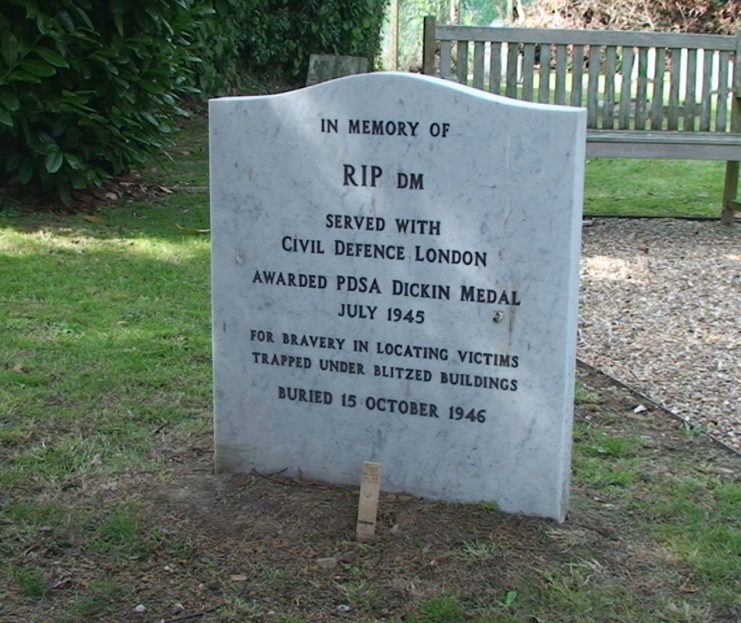
More from us: The Legend of Unsinkable Sam: Did This Death-Defying Cat Really Exist?
In April 2009, Rip’s medal was sold at auction in Bloomsbury, London. It fetched £24,250 – £10,000 over asking – a record for the sale of a Dickin Medal.
